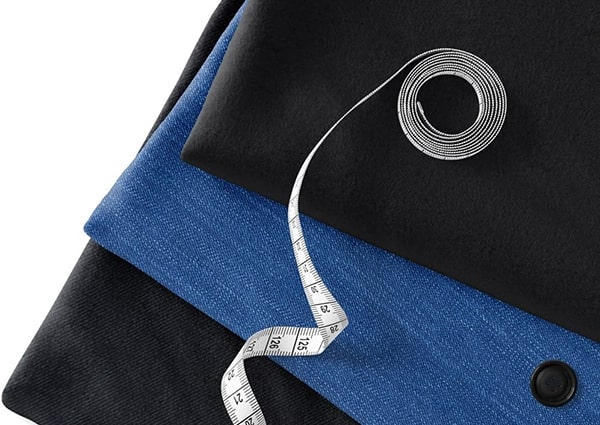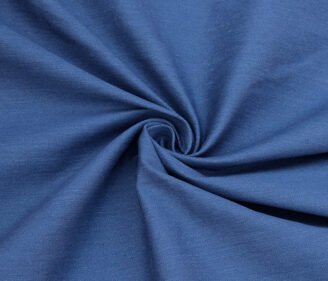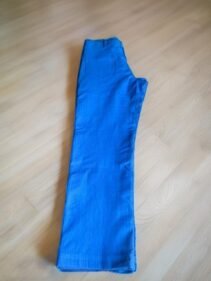Complete Guide of Denim Fabric

What is Denim Fabric :
Denim fabric is durable and versatile and used to make cloth. It has been a staple in the world of fashion for over a century Denim, as it is recognized today, was first produced in Nîmes, France.
Denim is used to create various garments, accessories, and furniture. It gives the best Versatility, sustainability, and durability to things made from it. The production process begins with the cultivation of cotton plants, which are harvested and then spun into yarn.
As the industry continues to innovate and embrace sustainability, denim’s future looks just as promising as its storied past. It Provides the classic look of wearing clothes made of denim fabric.
Types of Denim Fabric :
- Raw Denim: It is the denim that is not washed after the dying process. It is dark blue and will slowly fade with washing. While raw denim requires more care and patience compared to its pre-washed counterparts, the result is a one-of-a-kind garment that reflects the individuality of its wearer.
- Indigo Dyed Denim: Indigo-dyed denim is a type of fabric that has been dyed using natural indigo dye. The deep blue color of denim comes from indigo dye, a natural dye originally derived from the plant Indigofera tinctoria.
- Stretch Denim: This style of denim fabrication is most commonly known in the design of jeggings or skinny jeans.
- Acid-Wash Denim: It is the type of denim fabric that undergoes a special treatment process to create a unique, distressed appearance.
- Vintage or Washed Denim: Vintage and washed denim are both popular in fashion, each with unique styles and characteristics. Vintage denim refers to genuinely old jeans from the 50s, 60s, 70s, and beyond. Washed denim refers to jeans that have undergone various washing processes to achieve specific looks, feels, and colors.
- Poly-Denim: Poly-Denim is a type of fabric that combines polyester and denim materials. It gains popularity due to its unique combination of durability, comfort, and aesthetic appeal. Poly-Denim is often used in making jeans, jackets, and other clothing items that require a combination of comfort and durability.
Use of Denim Fabric
Denim fabric, known for its durability and versatility, is widely used in various applications beyond traditional clothing. Here are some common and innovative uses of denim fabric:
- Clothing: Denim fabric is used in clothing like jeans, jackets, Shirts, Dresses skirts, and shorts. It is famous for its durability, comfort, and enduring appeal which gives beautiful looks to the cloth and you can wear it anywhere you want and any occasion.
- Accessories: It is also used in the making of accessories like tote bags, backpacks, and handbags to hats, caps, and belts. These accessories, crafted from denim, embody a timeless appeal, making them must-have items for fashion enthusiasts seeking both functionality and style.
- Home Decor: Denim, known for its strength, is versatile and widely used in home decor. It’s ideal for upholstery, making it a popular choice for covering furniture like sofas and chairs due to its durability.
Pros & Cons of Denim Fabric
It is a durable and versatile material, and is commonly used for making jeans, jackets, and other clothing items. Here are some pros and cons of fabric:
Pros of Denim Fabric :
- Durability: Denim is known for its strong and durable nature, making it ideal for workwear and daily use.
- Versatility: Denim is versatile and can be styled in various ways, suitable for casual, semi-formal, and even some formal occasions.
- Comfort: Modern denim often includes a small percentage of elastane, providing stretch and flexibility.
Cons of Denim Fabric :
- Weight: Traditional denim can be heavy, especially in thicker weights, which may not be suitable for very hot climates or activities requiring lightweight clothing.
- Stiffness: New denim can be stiff and uncomfortable until it has been worn and washed several times to soften.
- Shrinkage: Denim is prone to shrinking, especially if washed in hot water or dried in high heat. This can affect the fit of denim garments over time.


